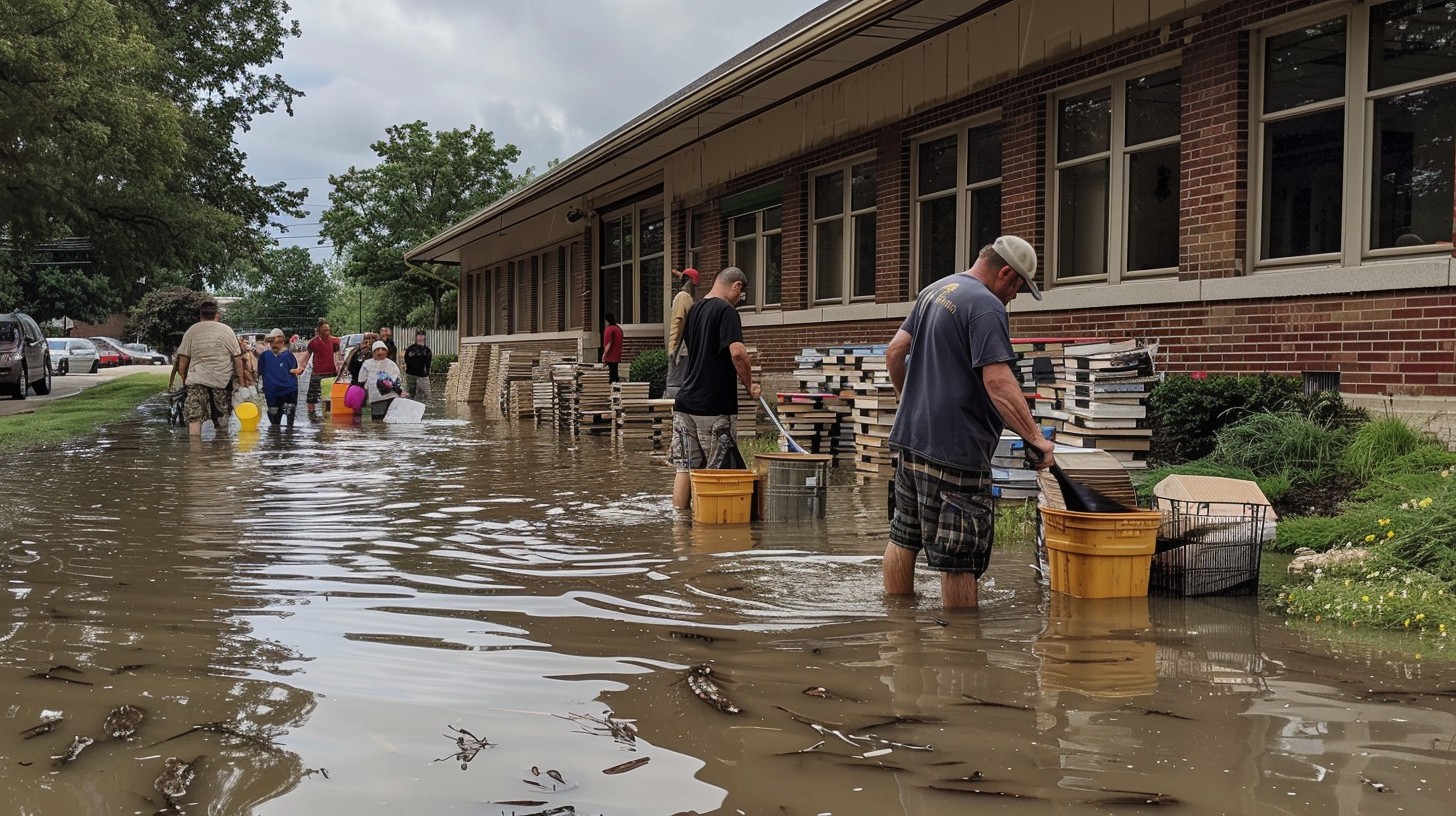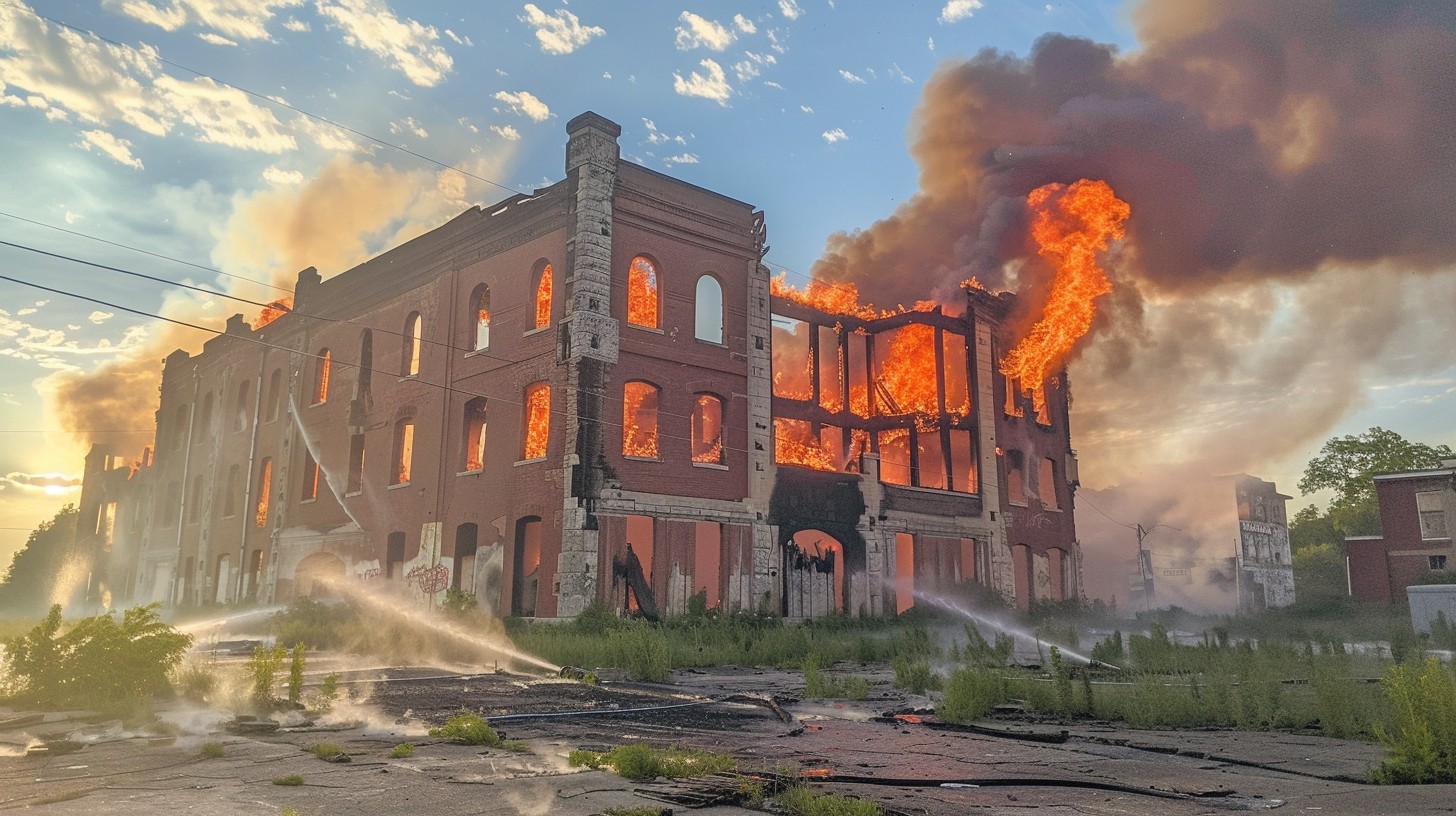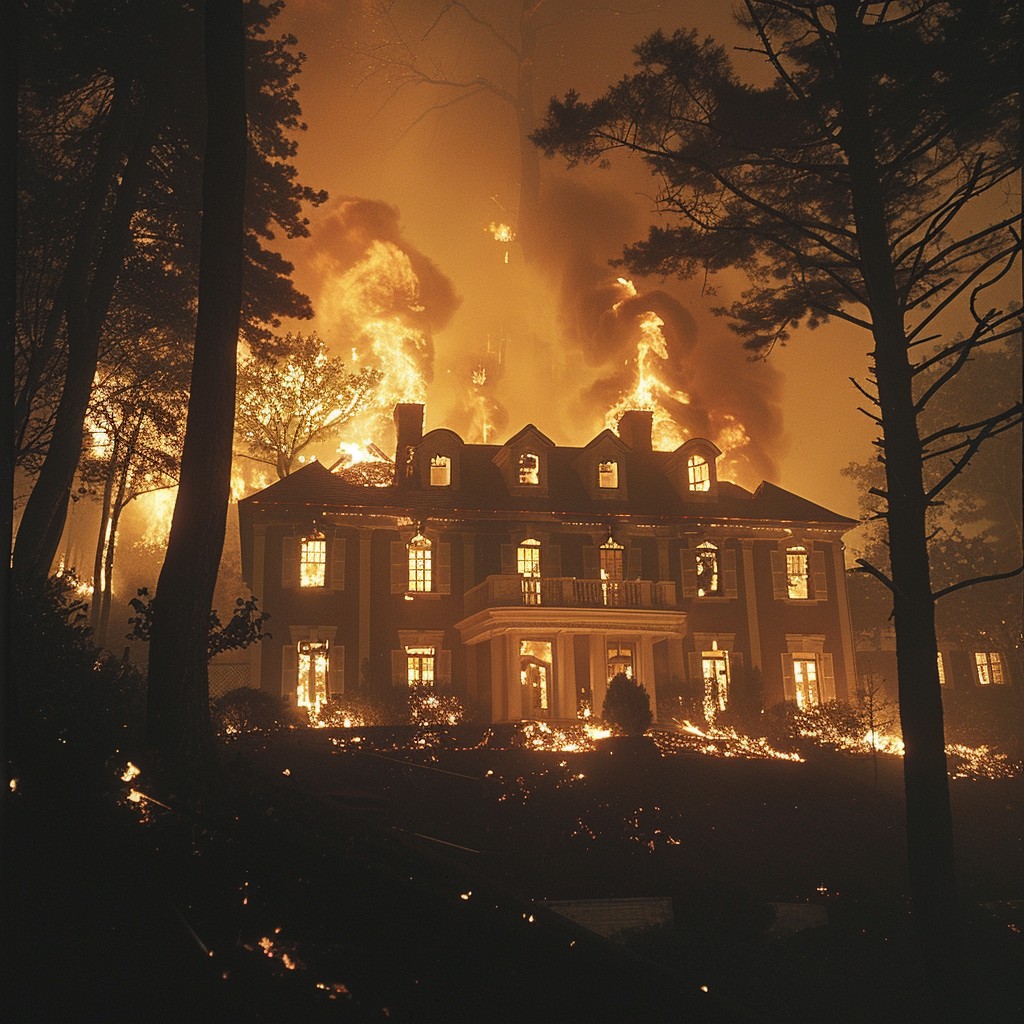Building insurance is a safeguard for property owners, offering financial protection against unforeseen events like fire, theft, or natural disasters. This article explores the different types of building insurance coverage, from basic to comprehensive options, and examines the factors that influence insurance rates, including location and property age.
It also discusses the benefits of having adequate coverage, tips for selecting the right policy, and necessary steps for making a claim.
Insurance on a Building: Protecting What Matters
What is Building Insurance?
Building insurance is a type of property insurance that covers both residential and commercial properties. It protects homeowners and business owners from financial losses resulting from property damage caused by natural disasters, fires, theft, and other risks.
To mitigate potential financial losses related to physical damage, policyholders should understand the definition of building insurance, the types of cover available, as well as the pros and cons associated with it.
PRO TIP: Get the appropriate cover through homeowners insurance or commercial property insurance to maintaining the value of your asset and meeting legal requirements.
Types of Building Insurance Coverage
Cover limits vary based on the specific risks associated with your property, such as fire, theft, flood, and earthquake.
Basic Coverage vs. Comprehensive Coverage
The difference between basic cover and comprehensive cover lies in the extent of protection each offers. Basic cover typically protects against key risks such as fire, theft, and natural disasters, but it comes with more limited policy exclusions and cover limits. In contrast, comprehensive cover provides broader protection against additional risks and includes helpful features such as cover for additional living expenses and business interruption insurance.

(Photo from Stockcake)
While basic cover addresses the most critical risks, it often falls short in covering broader risks. For instance, property insurance policies with basic cover may not include protection for damages caused by vandalism or other risks not specified in the plan.
On the other hand, comprehensive property cover policies include the risks covered by basic policies as well as excluded ones. People living in areas susceptible to various risks would find that beneficial.
Factors that Affect Building Insurance Rates
Several key factors influence building insurance rates, including the risks associated with your property’s location, age, and type; the building’s valuation; and the presence of risk management strategies.
Location, Age, and Type of Building
Location, age, and type of building are critical factors in determining insurance rates, as they play a key role in the risk assessment process for insurance. Properties situated in high-risk areas, such as those prone to natural disasters, typically incur higher premiums.
In contrast, older buildings may present unique challenges related to structural integrity and compliance with modern building regulations.
For instance, a house located in a flood zone may face premiums that are 30% higher than similar homes in safer areas. Similarly, historic buildings often require specialised coverage due to the materials used and design, which may not meet modern standards and may increase the risks of fire or water damage.
Newer constructions generally benefit from lower rates, as they adhere to current standards and are less likely to encounter various hazards. Analyse all factors to get valuable context when considering potential insurance costs for a property.
Benefits of Building Insurance
Building insurance offers numerous benefits that extend beyond fulfilling statutory requirements, providing property owners with both financial protection and peace of mind.
The coverage safeguards against potential losses from natural disasters, theft, or fire, so that your asset protection strategies remain effective.
Financial Protection and Peace of Mind
The primary benefit of buildings insurance is the financial protection it provides against unexpected events, along with the peace of mind that comes from knowing your investment is safeguarded.
If there is property damage or loss, your insurance policy may cover repair costs, insurance claims, and even additional living expenses while you rebuild your home or business. Homeowners and landlords, who may face major out-of-pocket expenses after a catastrophe, are most encouraged to get the coverage.

(Photo from Stockcake)
Choosing the Right Building Insurance
Several factors influence the choice of building insurance, including coverage options, the experience of brokers or agents, premium calculators, and various other variables, such as regional requirements and the financial status of the insurance company.
When considering building insurance providers, important aspects include the range of coverage options offered by different companies, the expertise of the insurance brokers or agents involved in the decision-making process, and the availability and user-friendliness of premium calculators that enable comparisons between various policies.
Factors related to the building insurance consumer encompass the policyholder’s goals, the risks they face, financial situation, and the elements that determine the cost of building insurance. Additionally, government regulations play a role by establishing the minimum requirements for building insurance.
Factors to Consider and Tips for Comparison
When comparing building insurance policies, several key factors should be taken into account:
- Importance of Premium: While the cost of the premium isn’t negligible, it should be evaluated in relation to the amount of cover provided.
- Insurer Reputation: Choose an insurer with a solid reputation, as indicated by the Financial Conduct Authority, and a track record of timely payouts for claims.
- Coverage Exclusions: Be aware of common exclusions in building insurance, such as cover for floods or earthquakes. Clearly identifying exclusions will help you avoid unexpected out-of-pocket expenses.
- Insurance Documentation: Make sure the policy allows for regular updates. If the policy is fixed and property values increase, you may end up underinsured.
Making a Building Insurance Claim
Typically, buildings insurance claims are submitted after documenting the loss, assessing the damage, and communicating with your insurance provider. The claims process may be complex, and common mistakes—such as misunderstanding your excess or failing to provide sufficient evidence—could result in a claim being denied.
Steps to Take and Common Mistakes to Avoid
Here’s information on how to file insurance claims, such as the necessary steps, common mistakes to avoid, and the benefits of claims assistance services.
- The first step in filing an insurance claim is to gather all relevant documents and evidence of the loss to support your submission. When it comes time to submit the claim, be mindful of common mistakes, such as neglecting to account for the excess or failing to notify the insurer promptly. Use claims assistance services to lessen the burden during challenging times.
- After collecting all necessary documentation—such as photographs of the damage, repair estimates, and any police reports related to third-party damage—it is time to formally file your claim. Submit the claim forms provided by your insurer after you’ve filled them out accurately and completely.
- Be sure to clearly describe the circumstances surrounding the incident and its impact on your property or personal well-being.
- Always keep a copy of the claim for your records and follow up regularly with your insurer to track the claim’s progress and address any questions you may have. Take your time with the filing process. If you are thorough, you could be accepted quickly without unnecessary back and forth.
- Finally, review your insurance coverage policy to confirm your level of coverage and any restrictions that may apply.

(Photo from Stockcake)
Frequently Asked Questions
What is insurance on a building?
Insurance on a building is a type of coverage that protects the structure of a building from various risks and damages, such as fire, vandalism, and natural disasters.
Do I need insurance on a building?
If you own a building, whether it is a home, business, or rental property, it is highly recommended to have insurance on it. It’ll help protect your investment and provide financial security in case of any unforeseen events.
What does insurance on a building cover?
Insurance on a building typically covers damages to the physical structure, including walls, roof, and foundation. It may also cover personal belongings and liability in case someone is injured on the property.
How much does insurance on a building cost?
The cost of insurance on a building depends on various factors, such as the location, age of the building, and the amount of coverage needed. It is best to shop around and compare quotes from different insurance companies to find the best deal.
Can I get insurance on a building if I rent it out?
Yes, you can get insurance on a building even if you are the landlord and rent it out to tenants to protect yourself from any damages or liability claims.
What happens if I don’t have insurance on a building?
If you don’t have insurance on a building, you will be responsible for any damages or losses that may occur, which could lead to major financial strain and potentially put your investment at risk. It is always better to have insurance in place to protect yourself and your property.
